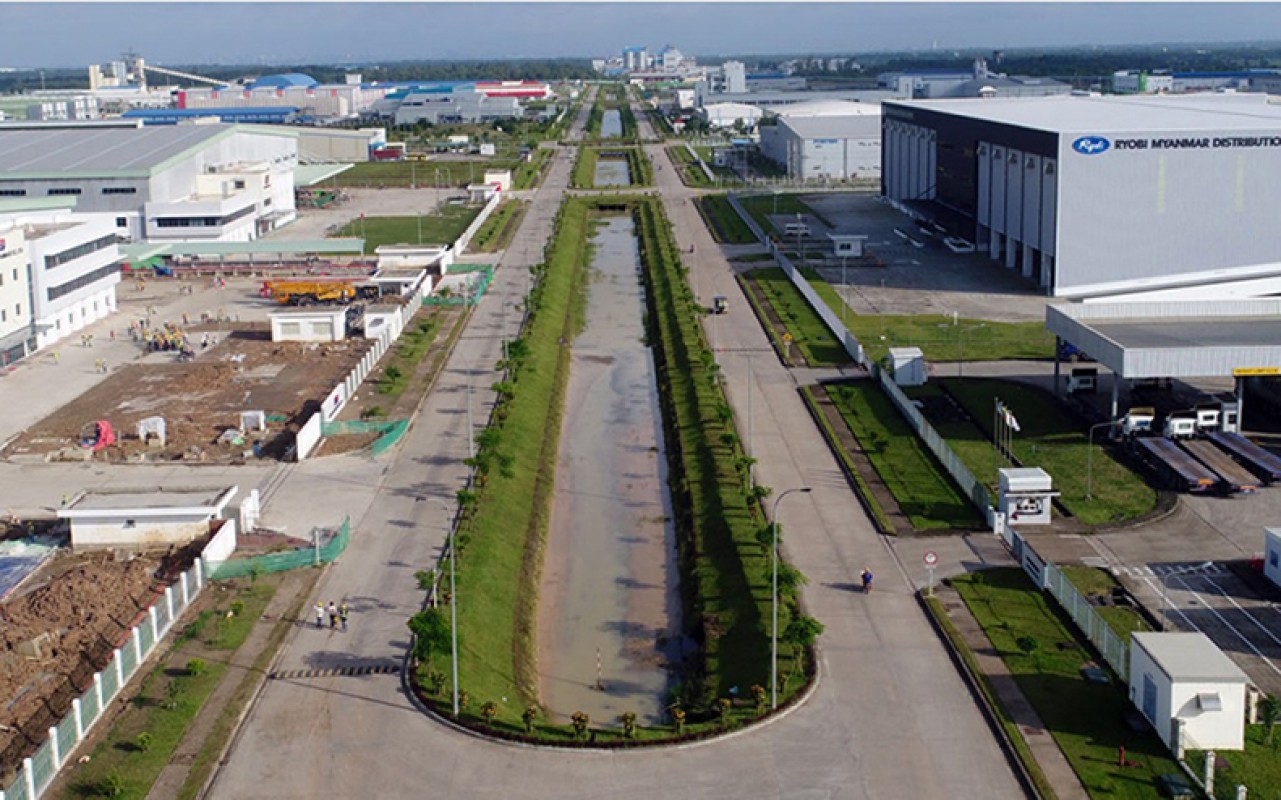Business owners struggle to raise employee wages as soaring fuel costs, frequent power outages

484

Eain/ Yoon (NP News) - Feb 12
Some industrial zone entrepreneurs say that due to the fact that industrial zones can access electricity in alternate shifts and thus, they are facing to consume high cost for fuel, it is difficult to pay employees a salary increase.
The electricity shortage in the country has increased from a pattern of four hours of electricity and another four hours of outages per day until the end of 2024, to a pattern of four hours of electricity per day and eight hours of power outages starting in January this year.
However, since one of the two Ruili-Mansan power distribution lines has been repaired, electricity is being tested more than before, and it has taken longer to restore electricity to some townships in Yangon Region.
Since January 2025, electricity supply in industrial zones in Yangon Region has become increasingly in shortage.
Due to the severe power outages, industrial zone entrepreneurs are spending more on fuel than before and are unable to increase employee salaries.
"Even though the electricity cut out, the employee salaries haven't changed. We don’t reduce or increase the salaries. We have to buy fuel oil with higher price than in the market although It's not difficult to buy. Before, the cost of oil was about 30 million kyats a month, but now it's about 50 million kyats. It depends on the size of the factory. Some even cost a hundred thousand kyats," the business owner continued.
Factory workers working within the domestic industrial zones continue to leave the country due to low wages and concerns about their safety.
The proportion of households using electricity nationwide has increased from 56 percent in 2021 to 68 percent in November 2024.
The country's electricity consumption is growing by 9 percent annually, requiring a total of 5,483 megawatts, but the Ministry of Electric Power is currently able to produce an average of 2,800 megawatts per day, producing and distributing only about 50 percent of the demand.